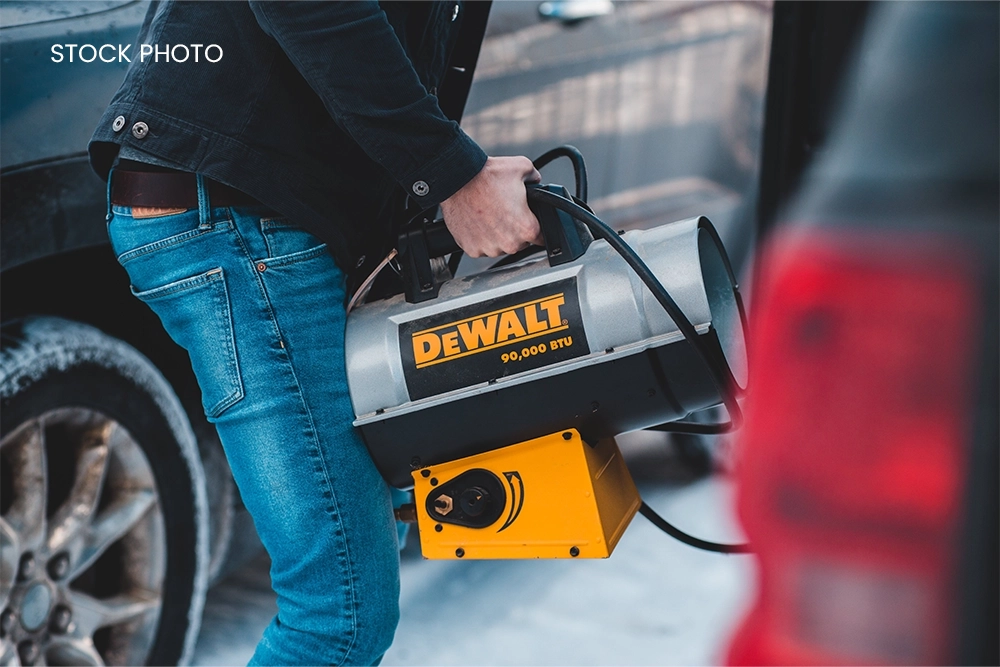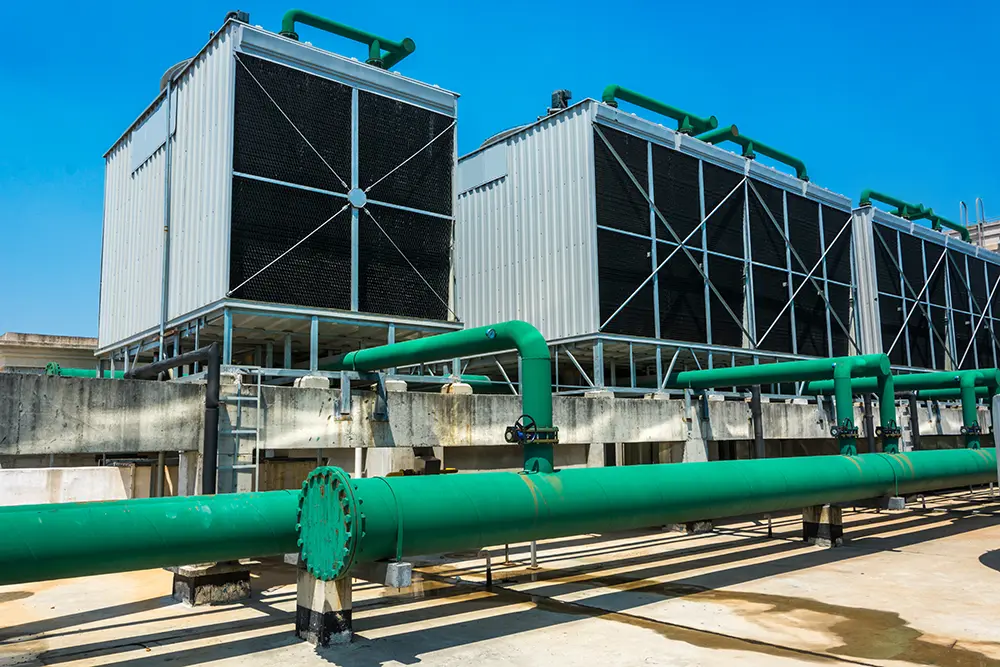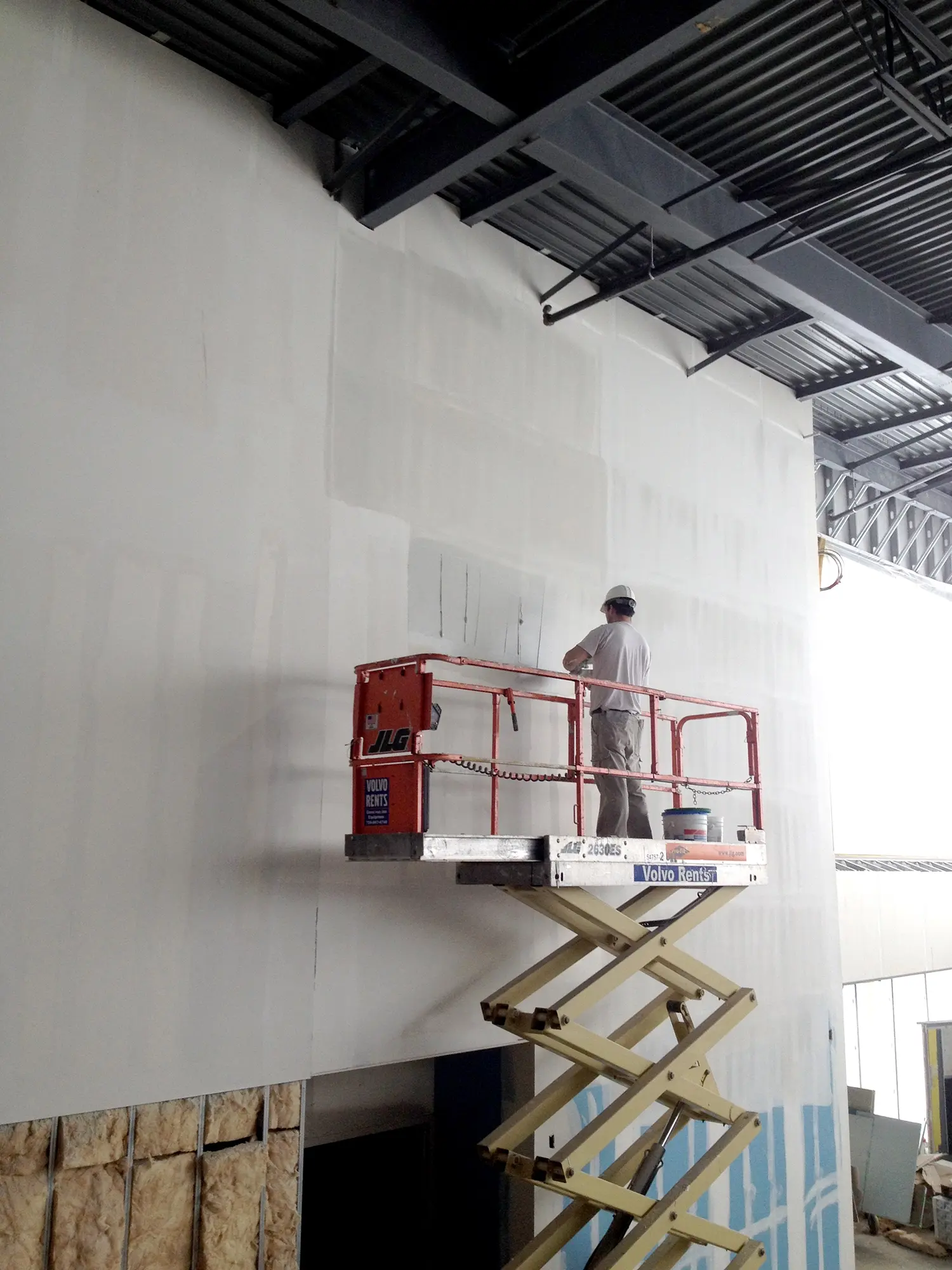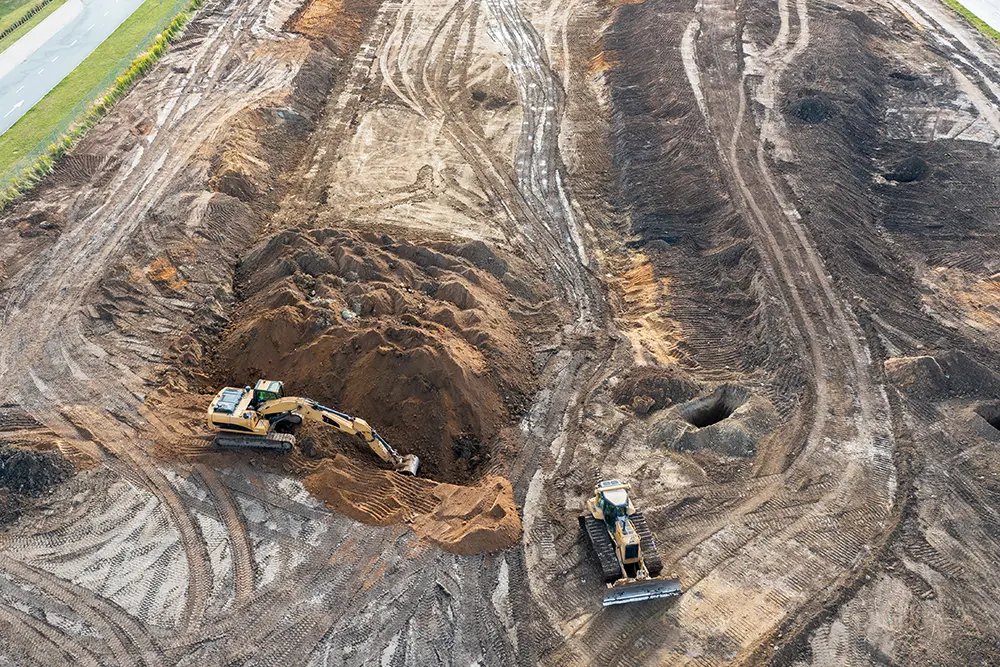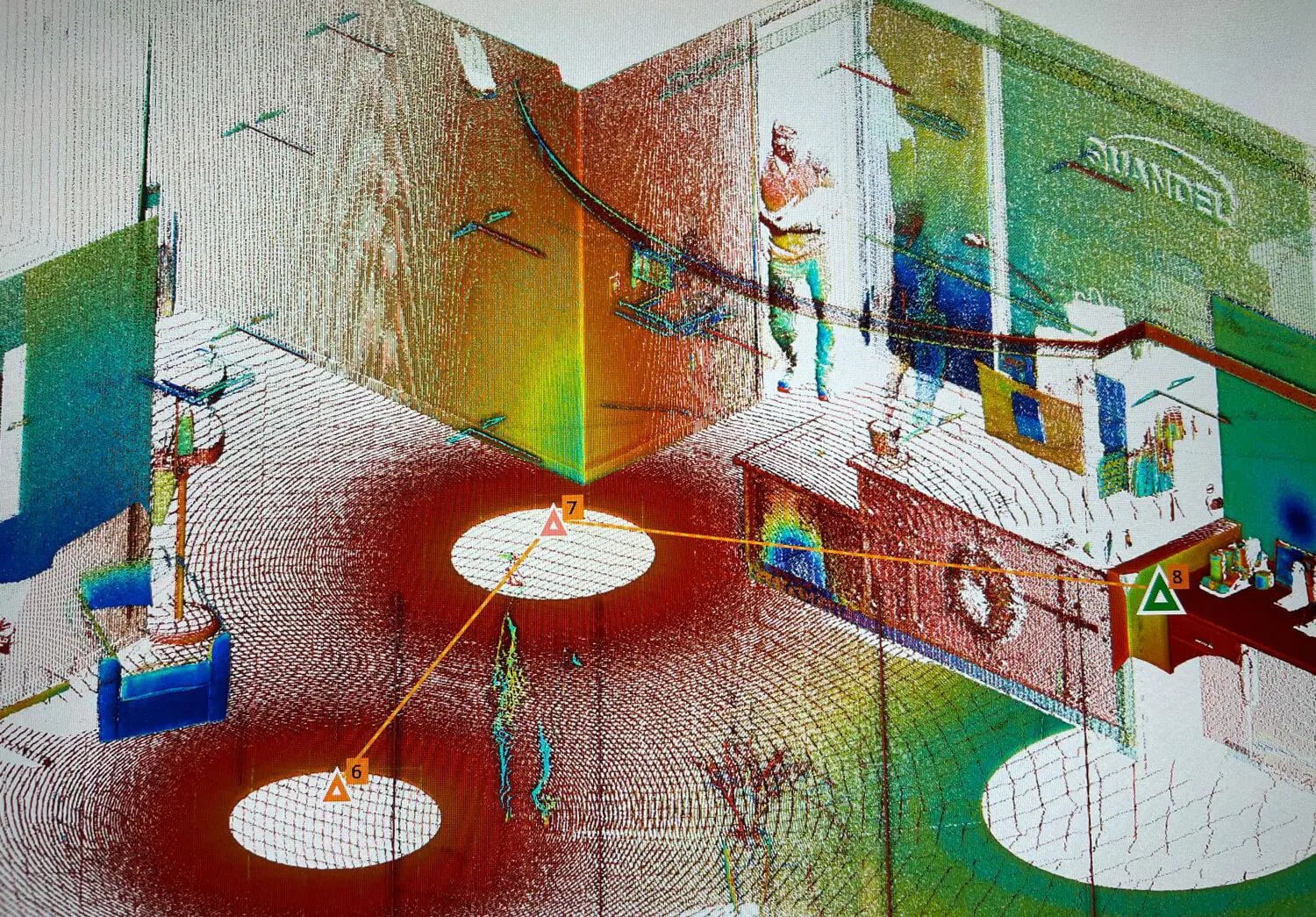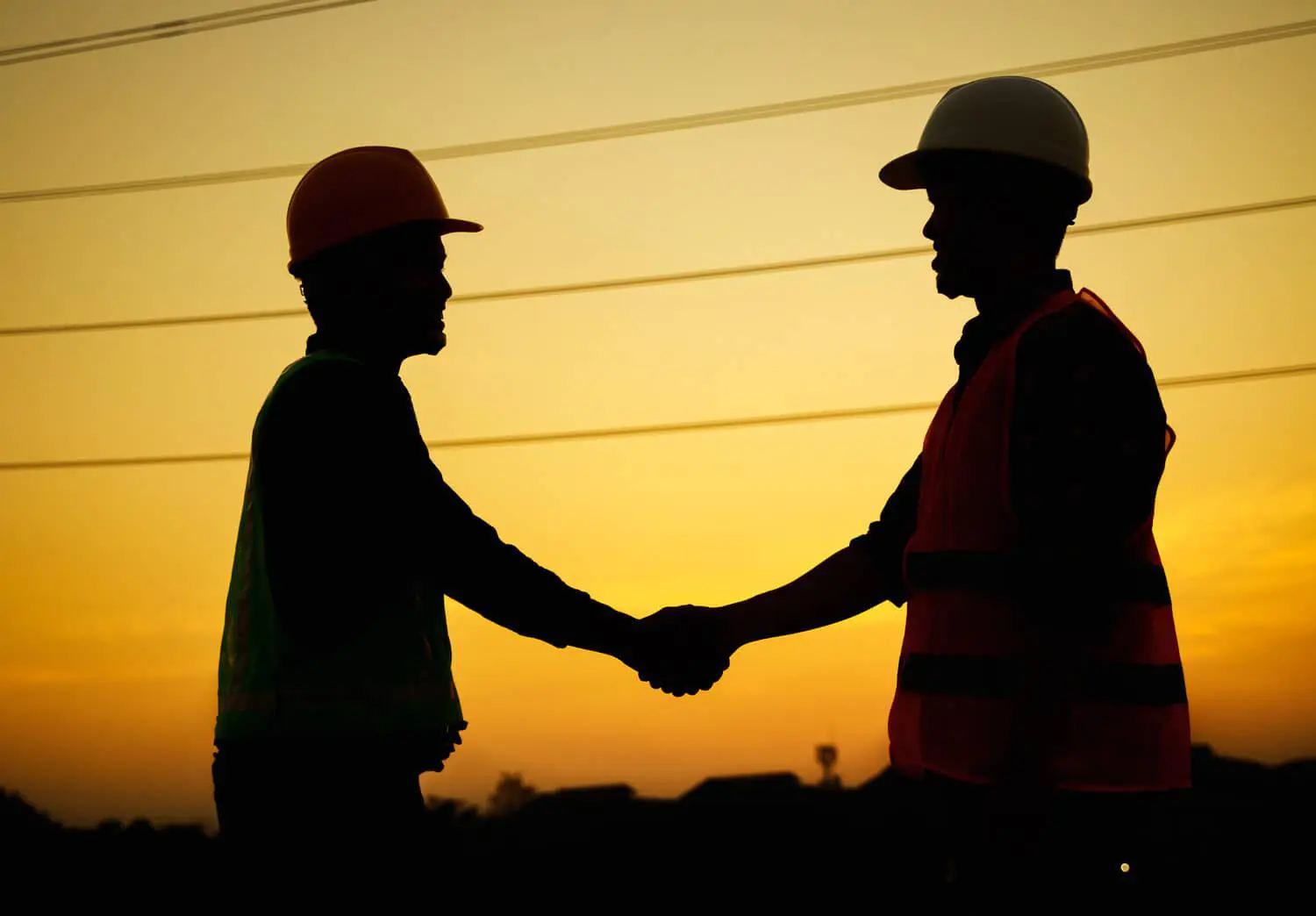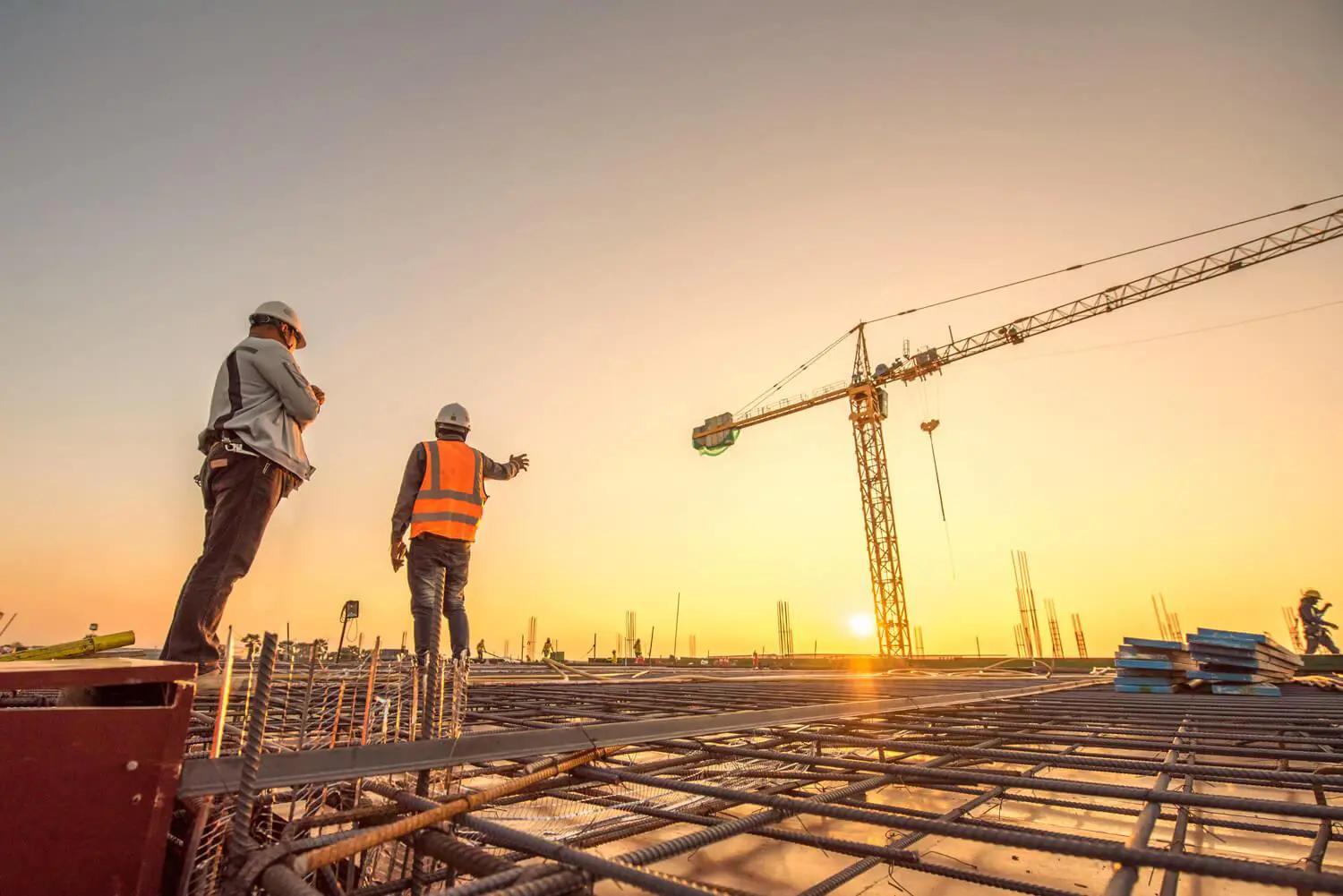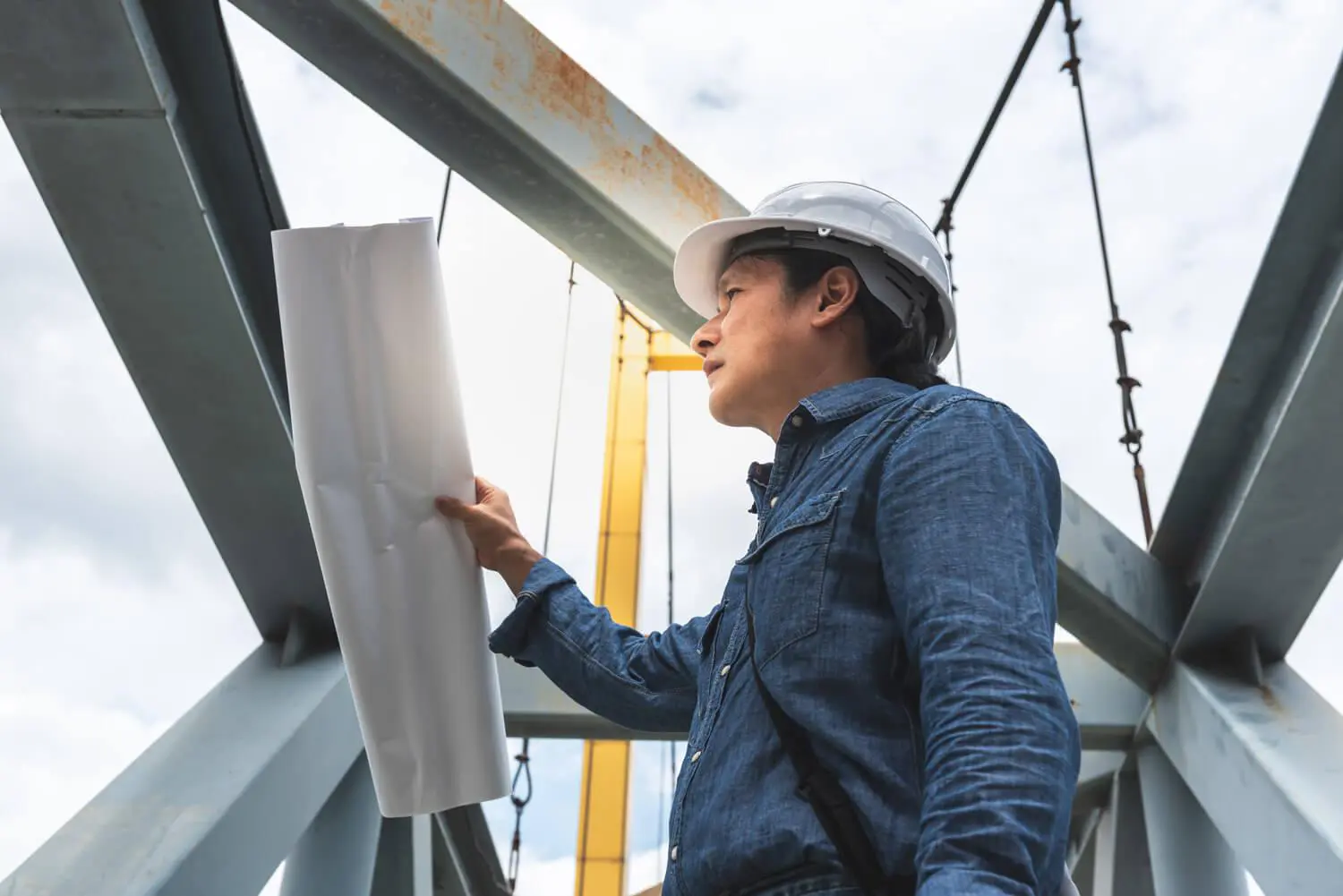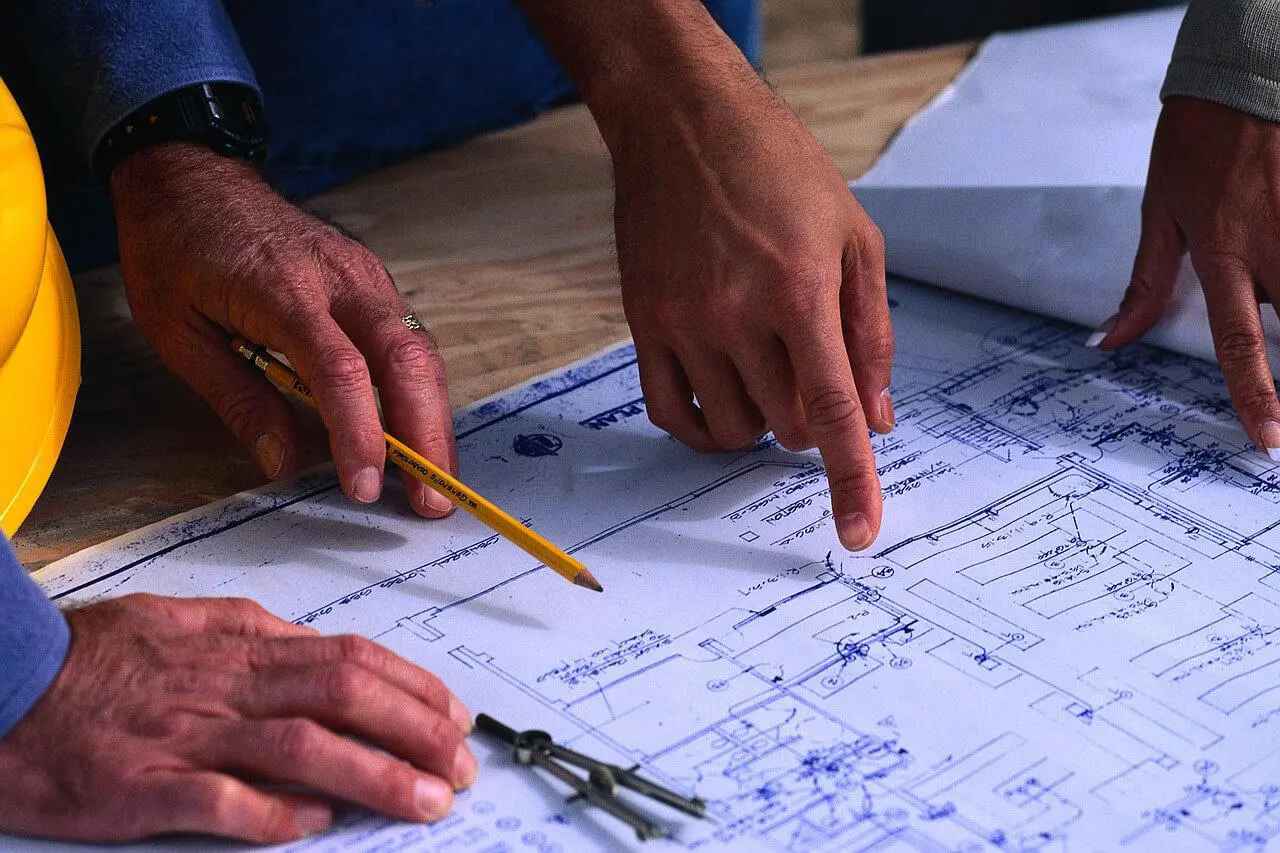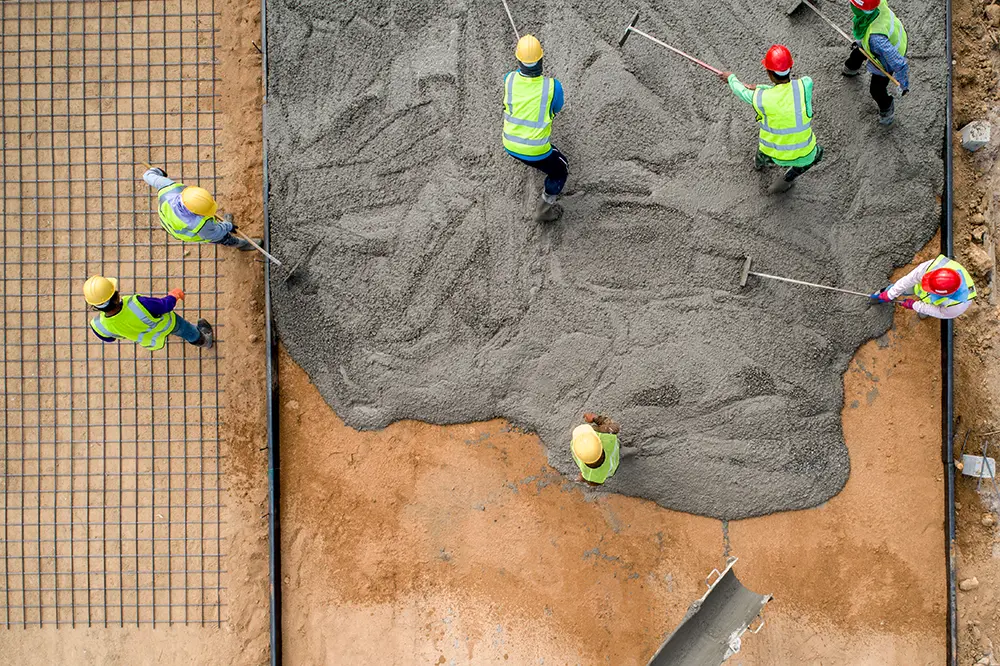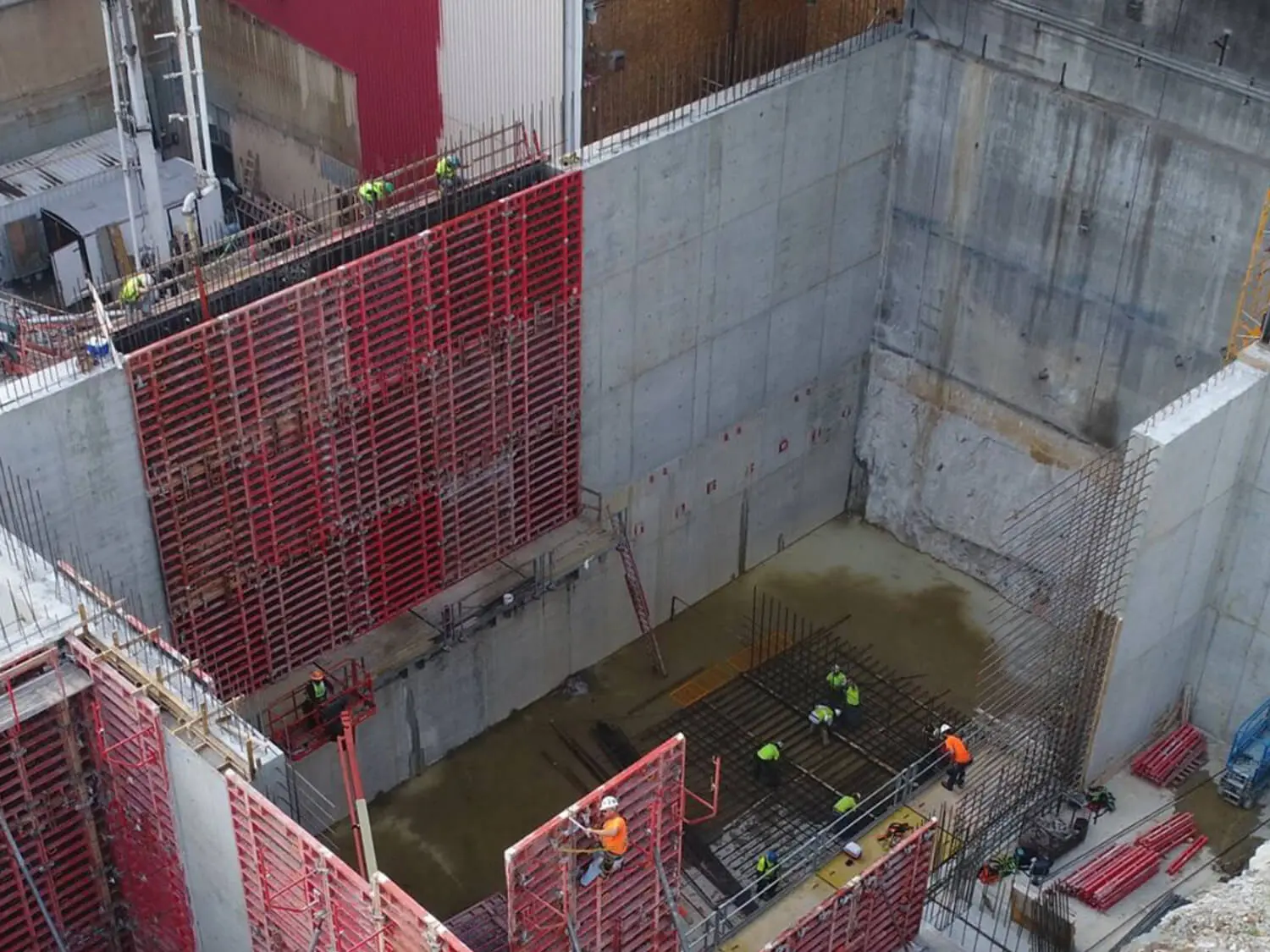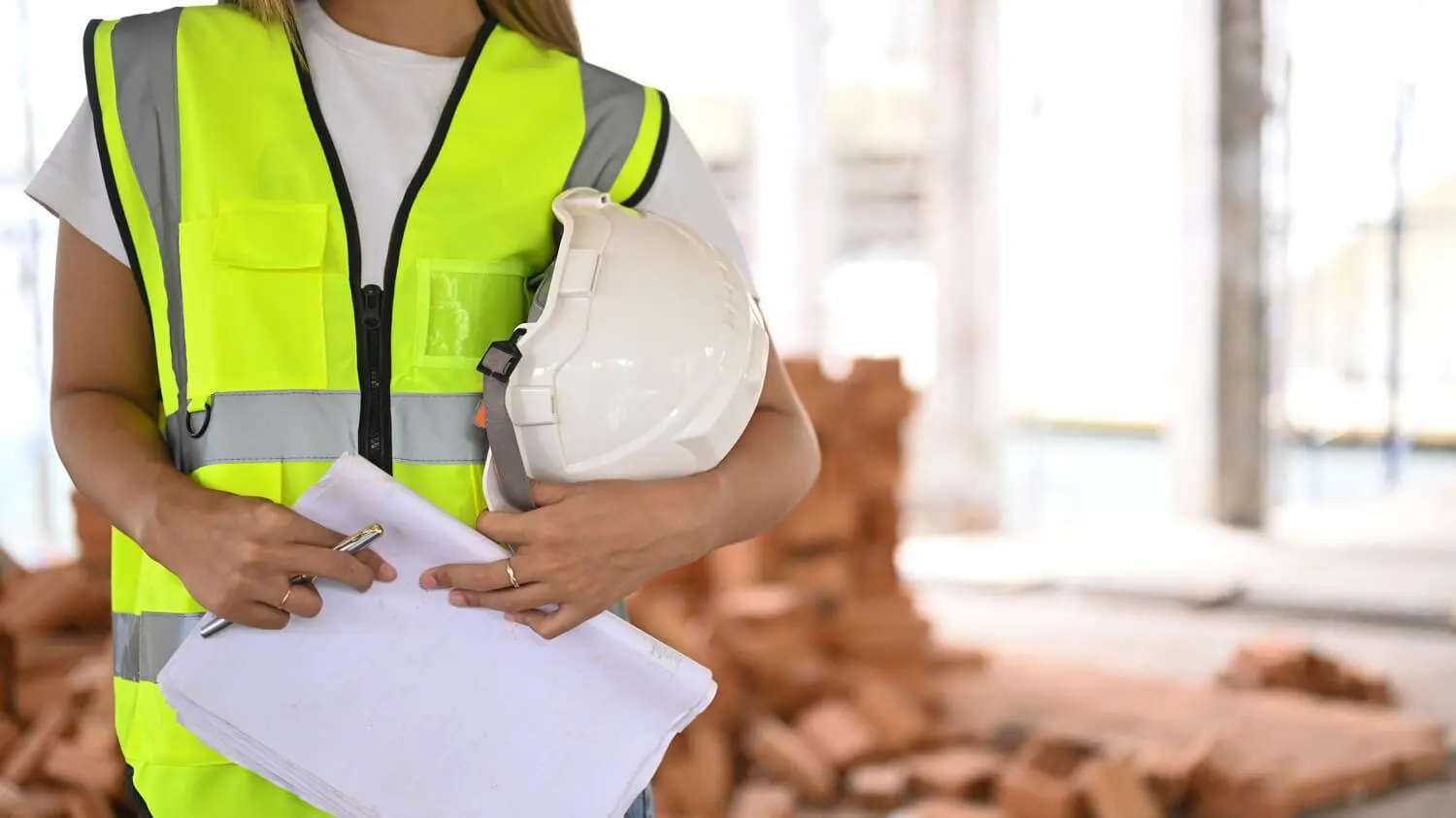DO YOU NEED TO TURN UP THE HEAT?
Whether for employee comfort, preventing frozen water pipes, or sustaining temperatures required for material setting (e.g., adhesives), the winter season sees heightened demand for temporary heating systems on construction sites. However, improper operation of these temporary heaters can pose a significant fire risk to a project and potential harm to personnel.
Each year, construction site fires arise from the improper selection, setup, use, and management of temporary heaters, resulting in considerable damages. The fire risk also escalates when even properly selected and set up temporary heaters are left running continuously or unattended.
Given the potential hazards associated with temporary heaters, it is important to carefully choose the right heater and incorporate their use and precautions into the site-specific safety plan to ensure their secure utilization.
CHOOSING THE SAFEST TYPE AND BEST PRACTICES FOR USING TEMPORARY HEATING
The permanent heating system, when installed and operational with all safety controls in place, serves as the optimal heat source during construction. If this is not an option, the following types of temporary heating devices are available:
Indirect Fired
Fueled by diesel, propane, or natural gas, these heaters feature a contained flame in a burn chamber. Cool air passes over and around a heat exchanger, and warm air is directed into the building.
Despite higher costs and lower efficiency, these heaters present lower risks and a reduced potential for introducing carbon monoxide into enclosed spaces.
Safety recommendations include situating units on stable ground outside the building, utilizing flexible, American Gas Association (AGA)-rated fuel line piping, securing fuel tanks with bollards or jersey barricades, placing flue stacks away from combustibles, and regular inspection and maintenance by a qualified vendor.
Direct Fired
Converting 100 percent of fuel into heat, these heaters offer low operating costs, ease of transport, and powerful heat output. These heaters are often referred to as “salamanders” or “torpedoes”.
However, the direct flame poses a fire hazard, making it generally unsuitable for use inside wood frame structures.
Safety measures include placing heaters on a non-combustible surface, securing units to prevent movement, ensuring the presence of electronic flame sensors or pilot safety valves, cooling down and shutting off units before refueling, maintaining proper safety clearances, and employing carbon monoxide detection, alarms, and make-up air systems.
All temporary heaters should bear UL, CSA, or ETL listings and be equipped with automatic high-temperature, tip-over, and safety shutdown capabilities. General contractors should mandate prior approval for on-site heaters as part of subcontractor management. Additionally, management should ensure that portable heaters are shut off and secured when left unattended. If heaters must remain on during non-working hours, frequent inspections by security or other personnel are recommended, and local fire departments should be informed of any temporary heating operation after work hours.


